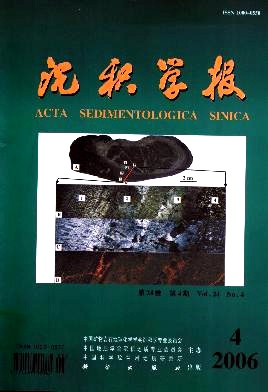A Kinetic Model of Clay Mineral Transformation in Overpressure Setting and Its Applications
- Received Date: 2005-11-10
- Rev Recd Date: 2005-12-13
- Publish Date: 2006-08-10
-
Key words:
- overpressure /
- clay mineral /
- /
- high-quality reservoir /
- diagenesis /
- basin modeling /
- deep horizon /
- kinetics
Abstract: The models are currently applied to model the smectite-to-illite transformation in petroleum basins using time, temperature and the composition of fluids as controlling parameters. However, small number recent studies have indicated that overpressure will retard the clay mineral transformations and enhance the activity energy of kinetic reactions. Using the data collected from both the overpressured wells and the normally pressured wells, a new kinetic model incorporating overpressure was developed, in which overpressure modifies activity energy. The model was tested in the Banqiao Sag, the Qibei Sag and the Qinan Sag of the Bohaiwan basin, China. As the results show that the computed smectite contents S% in I/S mixedlayer are coincident with the measured data, but significantly different from that predicted by Pytter and Reynolds's model(1989), and the smectite contents S% in I/S mixed-layer are retarded by 15%~20% in the overpressure formations with the pressure coefficient of 1.2~1.7. Because lots of such cations as Si4+, Ca2+, Mg2+, Fe3+ and Na+ are yielded in the smectite-to-illite conversion, the retardations of mineral transformations lead to the decrease of the action productions in the mudstones and the postpone of the cementations in the adjacent sandstones, which is propitious to develop high-quality reservoirs and to form hydrocarbon pools in the deep overpressured basin.
| Citation: | A Kinetic Model of Clay Mineral Transformation in Overpressure Setting and Its Applications[J]. Acta Sedimentologica Sinica, 2006, 24(4): 461-467. |






 DownLoad:
DownLoad: